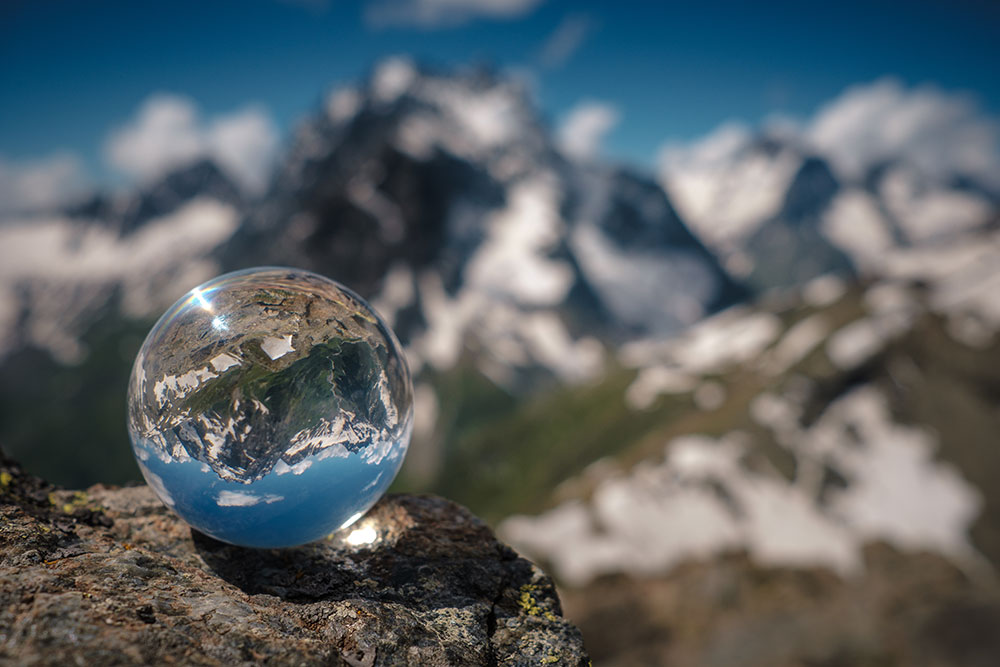Calcium in water, the effects on the organism
To understand if the waters rich in calcium are good for you or less for health it is necessary to know the recommended quantities of this mineral daily by the health authorities. On average, the daily requirement is 800-900 mg/day for an adult, but may increase for pregnant or breastfeeding women (1200 mg/day) and for elderly people (1000-1100 mg/day). [Fonte: Istituto Nazionale di Ricerca per gli Alimenti e la Nutrizione]
Given this premise, drinking water can be considered calcium when it contains more than 150 mg/l of calcium (Legislative Decree 176/2011). Tap water ensures an intake of between 5% and 20% of the recommended ration for adults: similar values (if not higher) than the bottled equivalent, but without the risk of releasing microplastics.
Water for domestic use appropriately purifiedtherefore, represents a valid mineral source to integrate into the diet. But there’s more: the opinion that a high concentration of calcium in water favors the onset of kidney stones is to be considered false. On the contrary, it prevents their formation in the vast majority of cases.
Tap water, appliances and pipes: limescale deposits
The presence of calcium in water is not in itself a defect: it is due to contact with rocks containing high percentages of the mineral in the path between the source and the end user. In rocky materials it is mostly found as CaCO3 (calcium carbonate), while in water it is dissolved in ionic form together with magnesium and small quantities of other elements, giving rise to limestone.
Problems relating to possible deposits are highlighted when Ca2+ and Mg2+ ions react with carbon dioxide within the fluid. The transformation does not take place at room temperature, but at values equal to or higher than 60°C, therefore by evaporation or heating above the indicated threshold. Since in all homes the use of kettles, dishwashers, washing machines is commonplace, it is not uncommon to find damage due to encrustations inside pipes and appliances.
It is also worth remembering the formation of rings and stains tending towards white (as well as the loss of shine) of steel sinks, pots, taps and other metal accessories, caused by a excess limescale. The same applies to any deposits on sanitary fixtures, plastic cabinets, clothing and much more, for which common detergents and limescale removers act on the effect but not on the cause.
Calcium water, how to avoid damage to household appliances?
Given the consequences of the problem, the only way to make household equipment last is to preventiontherefore intervene before the fluid reaches the user. For this purpose, the use of a water softener of the latest generation rebalances the concentration of calcium and magnesium, reducing the formation of limescale within a reasonable threshold. The ability to connect it to a smartphone via Bluetooth or Wi-Fi allows you to control it remotely.
I devices from the Tecpur company I am eco-friendly and in line with the latest technologies, so long as require less salt (reduced by up to 50%) and limit energy expenditure. Thanks to the addition of resins containing moderate quantities of sodium ions (Na+), these machines improve the quality of the washes, do not make the water acidic, and do not corrode the pipes or metal parts. All without polluting the environment and with significant savings in the short to medium term.


